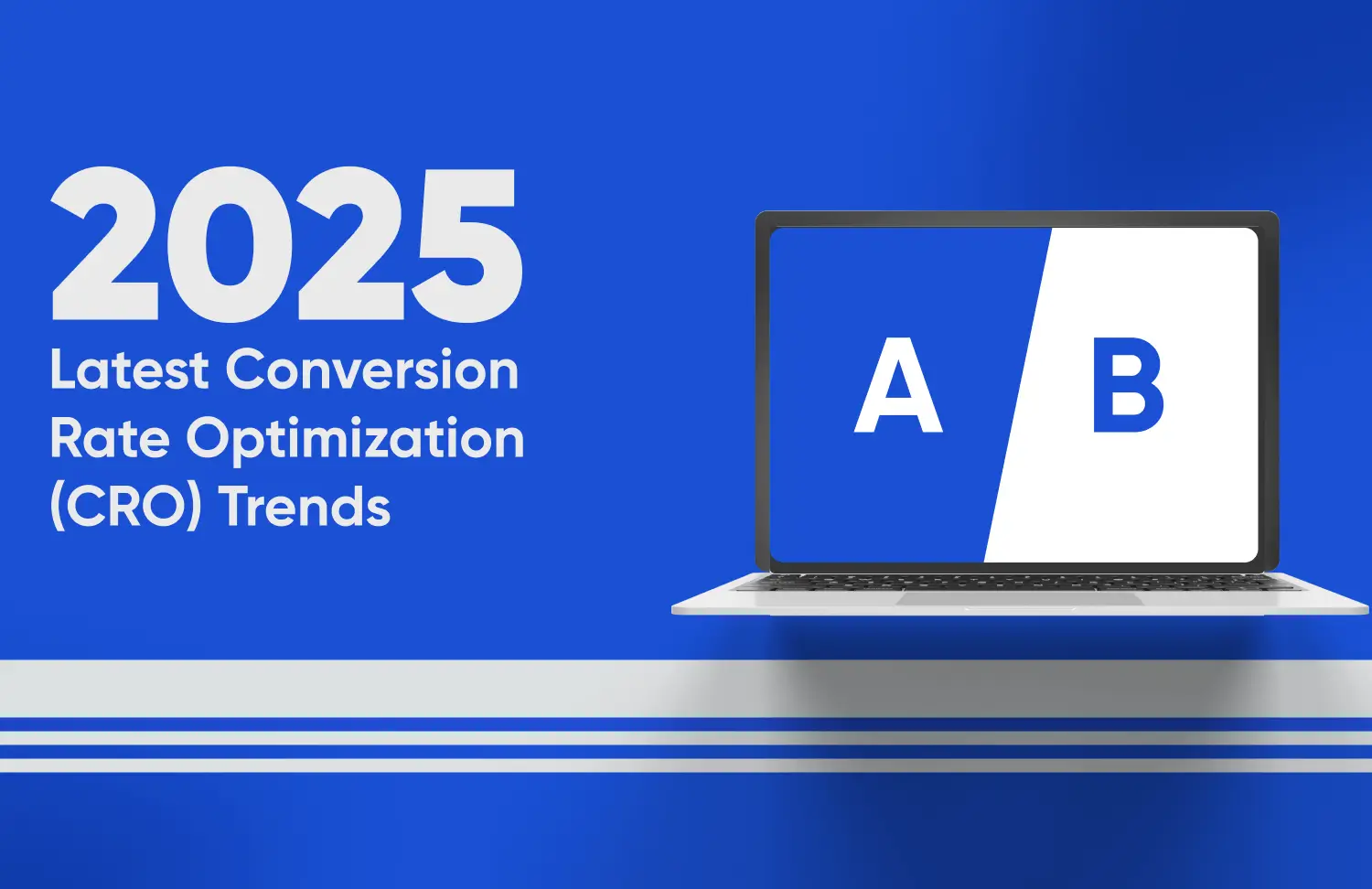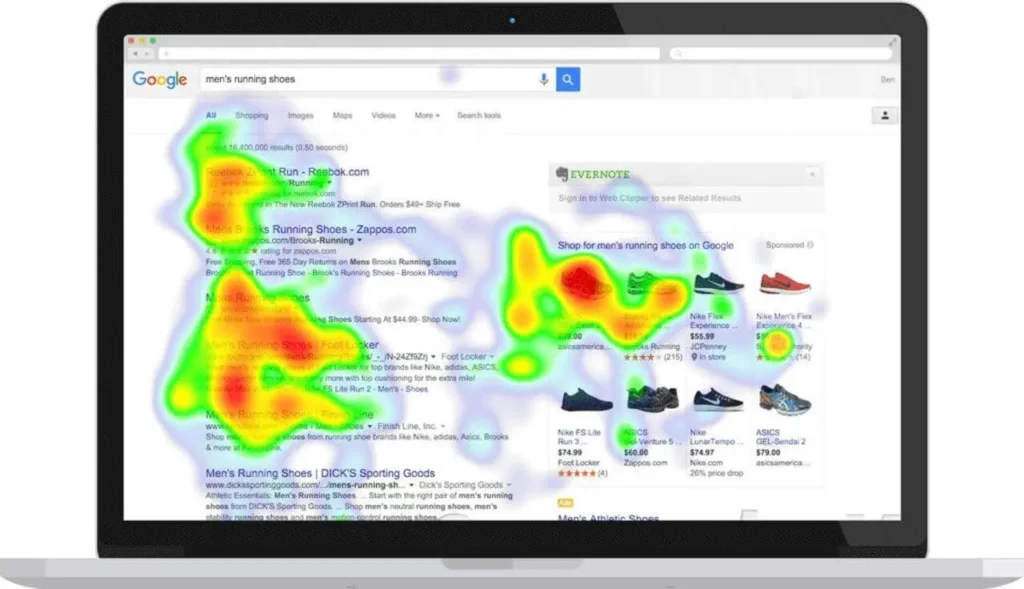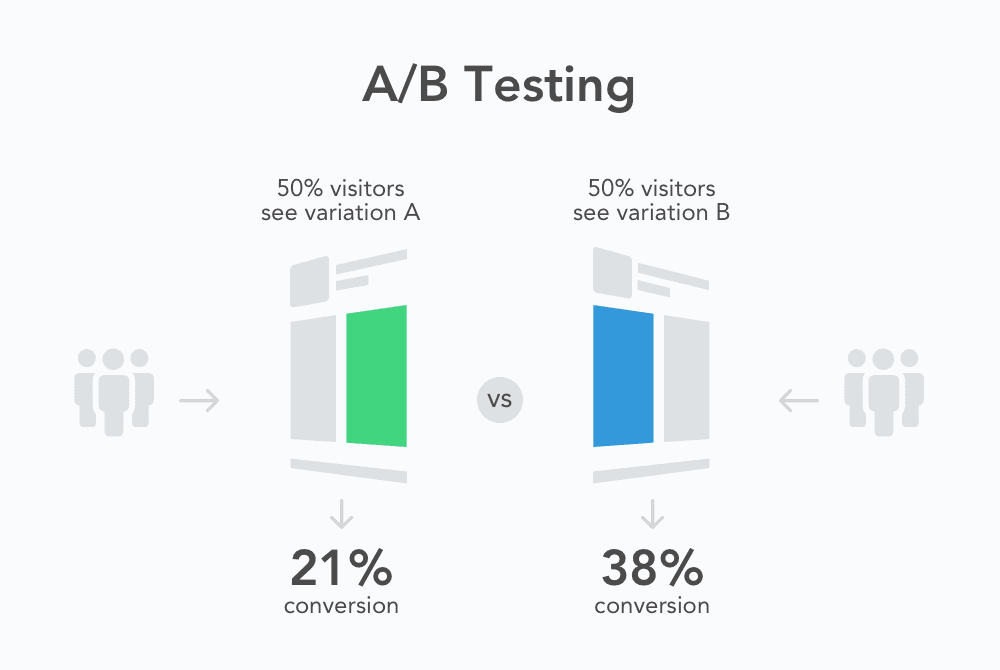In the competitive world of Melbourne’s eCommerce landscape, driving traffic to your website is only half the battle—converting those visitors into loyal customers is where real success lies. Understanding and optimizing Conversion Rate Optimization (CRO) metrics is essential for any online business aiming to boost sales, improve user experience, and stay ahead of the curve. Whether you’re a seasoned retailer or just starting your eCommerce journey in Melbourne, unlocking the power of key CRO metrics can transform your website’s performance and turn casual browsers into passionate buyers. In this guide, we’ll explore the essential CRO metrics you can’t afford to ignore, helping you craft a data-driven strategy that maximizes your eCommerce success.
1. Understanding Conversion Rate Optimization (CRO)
Conversion Rate Optimization, commonly known as CRO, is a critical process for any Melbourne eCommerce business aiming to boost sales and maximize the value of their website traffic. At its core, CRO involves analyzing and enhancing various elements of your online store to encourage visitors to take a desired action — whether that’s making a purchase, signing up for a newsletter, or adding items to a cart. Unlike strategies that focus solely on driving more traffic, CRO focuses on making the most out of the visitors you already have by improving their experience and guiding them smoothly through the buyer’s journey.
Successful CRO requires a deep understanding of your customers’ behaviors, preferences, and pain points. This often involves using data-driven insights such as heatmaps, user session recordings, A/B testing, and funnel analysis to identify obstacles that prevent conversions. By methodically testing different layouts, calls-to-action, product descriptions, and checkout processes, eCommerce businesses in Melbourne can pinpoint what resonates best with their audience.
Ultimately, effective CRO not only increases the percentage of visitors who convert but also builds trust and satisfaction among shoppers, resulting in higher customer retention and long-term profitability. For Melbourne eCommerce entrepreneurs, mastering CRO is an indispensable step towards unlocking their store’s full potential in a highly competitive digital marketplace.
2. Key CRO Metrics Every Melbourne eCommerce Business Should Track
When it comes to unlocking eCommerce success in Melbourne’s competitive market, understanding and monitoring the right Conversion Rate Optimization (CRO) metrics is crucial. These key metrics provide actionable insights into customer behavior, website performance, and sales effectiveness, enabling businesses to fine-tune their strategies for maximum impact. First and foremost, Conversion Rate — the percentage of visitors who complete a desired action, such as making a purchase — is the cornerstone metric that reveals how effectively your website turns traffic into revenue. Tracking Average Order Value (AOV) is equally important, as it helps you understand the typical spend per transaction and identify opportunities to increase sales through upselling or cross-selling. Another vital metric is the Cart Abandonment Rate, which indicates the proportion of shoppers who add items to their cart but leave without completing the purchase; analyzing this can highlight friction points in the checkout process that need addressing. Additionally, monitoring Bounce Rate provides insights into how engaging your landing pages are, while Customer Lifetime Value (CLV) sheds light on the long-term profitability of your customer relationships. By consistently tracking these CRO metrics, Melbourne eCommerce businesses can make data-driven decisions that enhance user experience, boost conversions, and ultimately unlock sustained growth in a bustling digital marketplace.
3. How to Analyze and Interpret Your CRO Data
Analyzing and interpreting your Conversion Rate Optimization (CRO) data is a critical step in unlocking eCommerce success in Melbourne’s competitive market. To begin, it’s essential to collect comprehensive data from various touchpoints such as website traffic, user behavior, and sales funnels. Use tools like Google Analytics, heatmaps, and A/B testing platforms to gather detailed insights. Once you have this data, look beyond surface-level numbers. For example, instead of just tracking overall conversion rates, break down the data by traffic source, device type, and user demographics to understand which segments perform best. Pay attention to key metrics such as bounce rates, average session duration, cart abandonment rates, and click-through rates, as these can highlight friction points in the customer journey. Interpreting this data requires a combination of quantitative analysis and qualitative insights; customer feedback and session recordings can reveal the ‘why’ behind the numbers. Finally, use these insights to identify opportunities for improvement, prioritize testing hypotheses, and implement targeted optimizations that align with your business goals. Regularly reviewing and refining your CRO data ensures your Melbourne eCommerce site remains agile, customer-centric, and primed for growth.

4. Strategies to Improve Conversion Rates Based on Metrics
To truly unlock eCommerce success in Melbourne, it’s not enough to simply track your Conversion Rate Optimization (CRO) metrics—you need to actively leverage them to refine your strategies. Start by analyzing key metrics such as bounce rate, average session duration, and cart abandonment rate to identify where potential customers are dropping off. For instance, a high bounce rate on product pages could indicate that your descriptions or images aren’t engaging enough, prompting you to enhance content quality and visual appeal. If cart abandonment is a major issue, consider streamlining the checkout process by minimizing form fields, offering guest checkout options, and providing multiple secure payment methods. Additionally, use A/B testing to experiment with different calls-to-action, layout designs, and promotional offers, basing your decisions on real data rather than guesswork. Personalization is another powerful tactic—leveraging user behavior and preferences can help tailor product recommendations and marketing messages, making shoppers feel valued and more likely to convert. By continuously monitoring these CRO metrics and implementing data-driven improvements, Melbourne eCommerce businesses can create a seamless, customer-centric shopping experience that drives higher conversion rates and sustainable growth.
5. Tools and Technologies to Monitor CRO Metrics Effectively
To effectively monitor and optimize your Conversion Rate Optimization (CRO) metrics, leveraging the right tools and technologies is crucial. These solutions not only provide deep insights into user behavior but also help you make data-driven decisions to enhance your Melbourne eCommerce website’s performance. One of the most popular tools is Google Analytics, which offers comprehensive tracking of user interactions, conversion funnels, and goal completions. Its robust reporting capabilities allow you to identify drop-off points and optimize your sales funnel accordingly. For more granular session analysis, tools like Hotjar and Crazy Egg provide heatmaps, session recordings, and user feedback polls, enabling you to understand exactly how visitors engage with your site. A/B testing platforms such as Optimizely and VWO empower you to experiment with different page layouts, calls-to-action, and product displays to determine what resonates best with your audience. Additionally, customer journey analytics tools like Mixpanel offer real-time tracking of user actions across multiple touchpoints, helping you pinpoint opportunities for improvement. Integrating these technologies into your CRO strategy not only streamlines the monitoring process but also equips you with actionable insights, setting the stage for sustained growth and success in Melbourne’s competitive eCommerce landscape.

6. Case Studies: Melbourne eCommerce Success Stories Through CRO Optimization
Melbourne’s vibrant eCommerce landscape is filled with inspiring success stories that highlight the transformative power of Conversion Rate Optimization (CRO). Take, for example, a local fashion retailer that struggled with high bounce rates and low checkout conversions. By implementing targeted CRO strategies—such as simplifying their checkout process, optimizing product pages with clearer calls-to-action, and A/B testing different layouts—they saw a remarkable 35% increase in conversions within just three months.
Another standout case is a Melbourne-based health and wellness brand that leveraged detailed user behavior analysis to identify friction points on their site. Through personalized landing pages and streamlined navigation, they boosted average session duration by 40% and doubled their email sign-up rates, directly translating into higher customer engagement and repeat purchases.
These case studies underscore how focusing on essential CRO metrics—like bounce rate, click-through rate, and average order value—can unlock significant growth. They demonstrate that by continuously testing, analyzing, and refining your eCommerce website, businesses in Melbourne can not only enhance user experience but also drive sustainable revenue growth in a competitive market. Whether you’re a startup or an established brand, these success stories illustrate the tangible impact CRO can have on your bottom line.
7. Common CRO Mistakes Melbourne Businesses Should Avoid
When it comes to optimizing your eCommerce website for better conversions, Melbourne businesses often fall into several common CRO (Conversion Rate Optimization) pitfalls that can hinder growth and revenue. One frequent mistake is neglecting to analyze user behavior thoroughly before making changes. Implementing tweaks based on assumptions rather than data can lead to ineffective results or even decreased conversions. Another misstep is overcomplicating the checkout process. Lengthy forms, unnecessary steps, or confusing navigation can frustrate potential customers and increase cart abandonment rates. Additionally, many businesses overlook the importance of mobile optimization. With a growing number of shoppers browsing and purchasing on their smartphones, a non-responsive or slow mobile site can significantly impact conversions. Lastly, failing to test and iterate is a critical error. Continuous A/B testing and performance monitoring are essential to understand what resonates with your audience and to refine your strategies accordingly. By avoiding these common CRO mistakes, Melbourne eCommerce businesses can create a smoother, more engaging shopping experience that drives higher conversions and long-term success.
8. Future Trends in CRO for Melbourne’s eCommerce Market
As Melbourne’s eCommerce landscape continues to evolve, staying ahead of the curve in Conversion Rate Optimization (CRO) is essential for businesses aiming to thrive in this competitive market. Looking toward the future, several key trends are set to reshape how merchants optimize their online stores. First, the integration of artificial intelligence and machine learning will play a pivotal role in delivering hyper-personalized shopping experiences. By analyzing customer behavior in real-time, AI-powered tools can tailor product recommendations, content, and offers, significantly boosting conversion rates. Additionally, voice search optimization is becoming increasingly important as more consumers use smart speakers and voice assistants to shop online. Ensuring your eCommerce site is optimized for voice queries will give you a competitive edge. Another trend gaining momentum is the use of augmented reality (AR) to enhance product visualization, allowing customers to interact with items virtually before making a purchase, thereby reducing hesitation and returns. Moreover, as mobile commerce dominates, optimizing the mobile user experience with faster load times, seamless navigation, and simplified checkout processes will continue to be a priority. Finally, data privacy and transparency will be crucial; customers are more aware and concerned about how their data is used, so implementing ethical CRO practices that respect user privacy will build trust and loyalty. By embracing these future CRO trends, Melbourne eCommerce businesses can unlock new opportunities, enhance customer satisfaction, and drive sustained growth in an ever-changing digital marketplace.

If you found this article helpful and need help with your website conversion, contact us for a FREE CRO Audit




